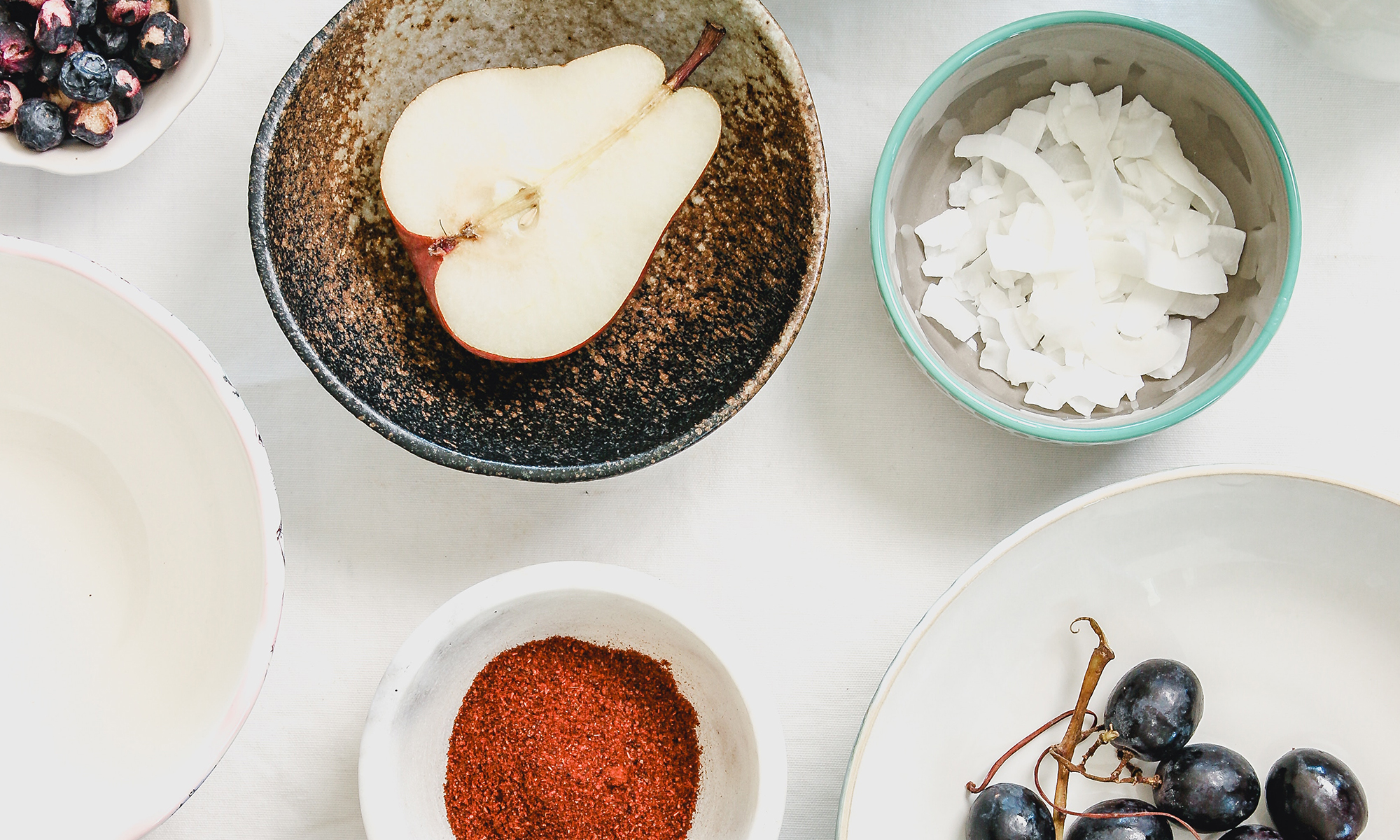Forget what your girlfriends told you, size does matter. Too small and they’re bitter. Too large and they have a tough skin.
Cucumbers.
Every morning, I forage through the dense cucumber foliage looking for perfectly sized specimens. The way the vines spread and crawl across the garden, cucumbers can be spotted as far as 10 feet away from the original seedling, and buried under another plant’s leaves. Sometimes, I get overzealous and pick them when they’re too small. And I’m usually disappointed: the small ones are bitter and would have benefit from an extra day on the vine. Just as often, I discover a cucumber that I somehow missed in my regular morning inspection and is now too big for my taste.
For a cost-benefit analysis, it would make sense to let the cucumbers grow as large as possible. After all, it doesn’t cost any more to leave them on the vine – no extra resources are required. Nor does letting them grow longer hinder the prolific production rate of the plant. However, as they grow the skin toughens, the seeds overtake the flesh and the insides become watery. I may have more volume by letting them grow, but this would be a case of diminishing returns.
That sweet spot is about 5 inches long and 1 inch in diameter. The cucumbers are sweet, crunchy, firm and refreshing. Delicious! I usually eat 2 or 3 a day, just as a snack. With the remainder, I’m making pickles.
Dill Pickles
The recipe for dill pickles is mostly technique with a splash of precision.
For every quart of water (4 cups) dissolve 2 tablespoons of salt. To that, add crushed (fresh) garlic, dill sprigs and black pepper (and jalapenos if you’d like).
Cut cucumbers lengthwise into wedges. Submerge in above salt bath. In order to fully submerge cucumbers, you may need to weight them down with a stainless steel sieve or a plate.
Let them sit at room temperature for 48 hours to ferment and turn slightly sour.
To stop the fermentation, refrigerate them. Enjoy within 2 weeks.
